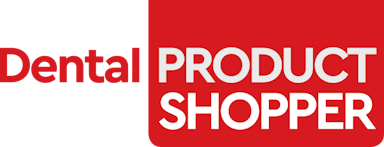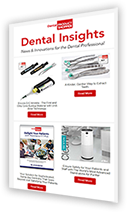
 Q: What should clinicians consider when choosing a new LED curing light?
Q: What should clinicians consider when choosing a new LED curing light?
A: There are 2 basic types, depending on the arrangement of the LEDs. One has the LEDs built into the end of the wand so the light is directly transmitted. These wands require a protective barrier sleeve as the LEDs are not autoclavable. In the other type, LEDs transmit through a removable and sterilizable fiber-optic light guide. Since most clinicians use barrier sleeves for everything, and operationally the 2 configurations perform the same, the decision boils down to clinical preference.
Q: Is there a downfall to curing with higher power levels?
A: I think most dentists are aware that the higher the number, the faster the curing. The mW/cm2 measurement is simply a measure of total radiant energy power generated in a square centimeter, regardless of where it lies on the electromagnetic spectrum.
The potential pitfall of using higher power levels is that you can shock the composite by curing it too fast, creating shrinkage and microcracks and compromising margins. Today, most lights have different modes to address this challenge. In addition to full power mode, there are 2 common modes that vary slightly among brands.
The pulse mode typically delivers full power for a half-second and 50% power for a half-second. The premise is that this provides a “breather” for the composite to minimize shrinkage. On the flip side, a ramp-up cycle starts the light at a lower power—maybe 40% to 50%—and then ramps up to full power after 2 to 3 seconds to offer more uniformed curing.
Q: How big of a role does price play with curing lights?
A: The biggest takeaway is time. Whether you get a lower-priced LED curing light with 1,000 to 1,200 mW/cm2 or a light that costs 5 times more with 2,000 to 2,400 mW/cm2, the main difference is that you might have to cure for 10 seconds instead of 5. I think most clinicians would admit that’s fairly insignificant in terms of productivity, so it’s not surprising that we are seeing the biggest sales growth among entry-level lights.
One important caveat: Beware of lowcost models sold online. I have seen $99 lights being marketed to dentists with fine print that says the light is intended for arts & crafts. At ProRepair, we used to see these lights sent in for repair once in a blue moon. But now, as more offices buy them, we may see several a day. It’s not worth it to purchase a questionable product.
As more of these products emerge, it’s important that clinicians partner with a trusted advisor, such as Henry Schein, to ensure they have access to “peace of mind” solutions that meet their clinical needs without putting patients at risk.



